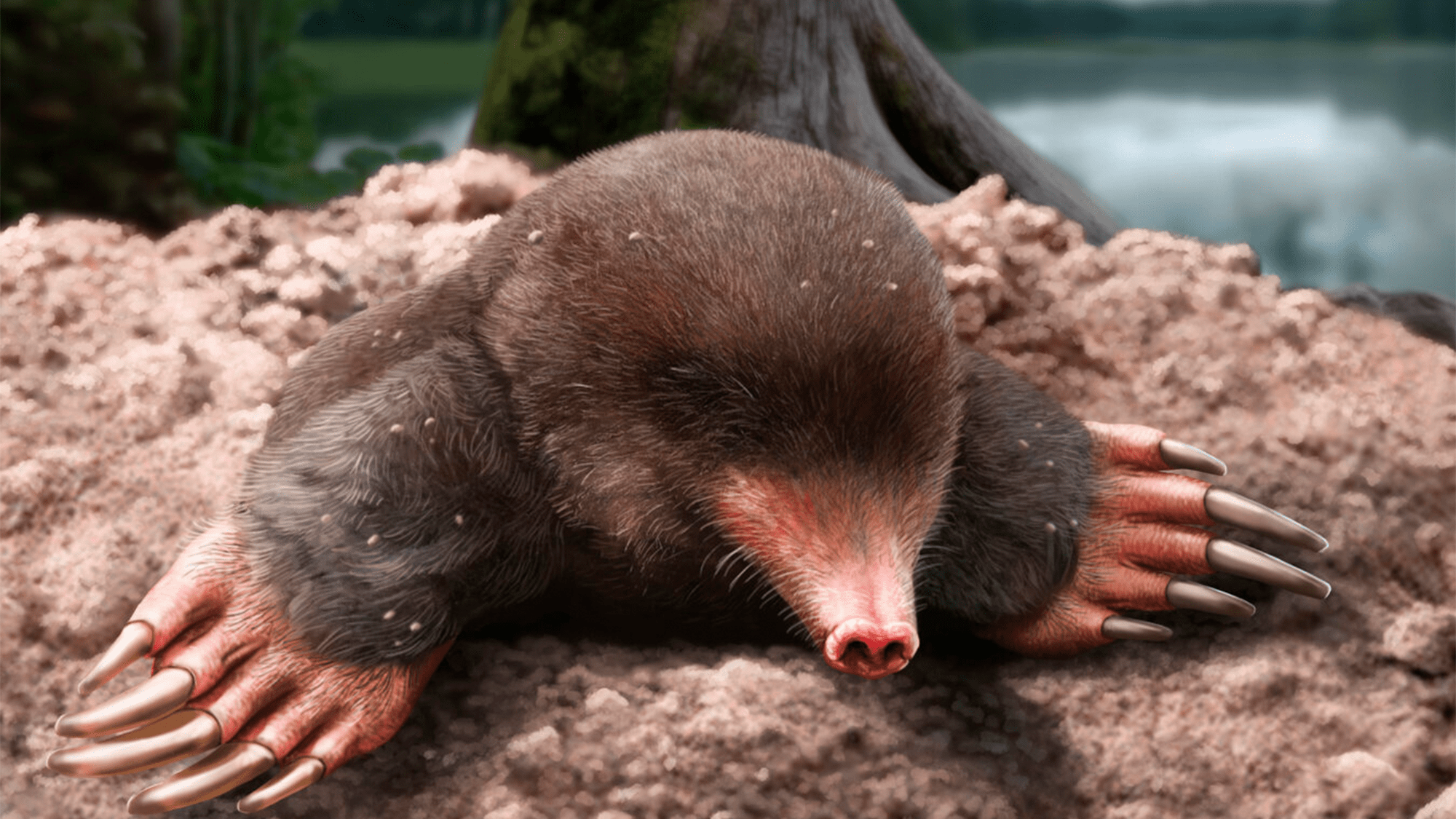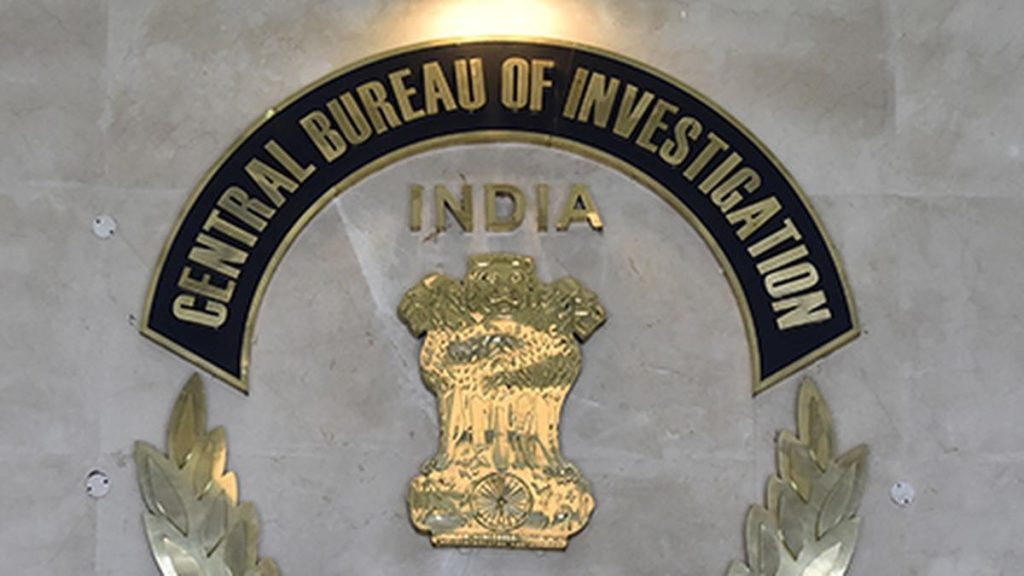Now Reading: Fossil of Ancient Mole Discovered in Spanish Volcano Crater
-
01
Fossil of Ancient Mole Discovered in Spanish Volcano Crater
Fossil of Ancient Mole Discovered in Spanish Volcano Crater

Quick Summary:
- A new genus and species of prehistoric mole, Vulcanoscaptor ninoti, has been discovered in northeastern Spain.
- The species lived during the Pliocene Epoch (5.3-2.6 million years ago) and belonged to the scalopini tribe, which exists today in North America and Asia.
- Fossils found include a mandible with a complete set of teeth, torso sections, and leg bones in near-perfect anatomical alignment-one of Europe’s most complete small mammal fossils from this period.
- High-resolution microCT scanning enabled researchers to study delicate parts like phalanges and teeth through detailed 3D reconstructions.
- The fossil suggests V. ninoti was likely adapted for digging underground but may also have exhibited aquatic locomotion if confirmed by future research.
- Its name refers to Camp dels Ninots,an ancient volcanic site where the species was unearthed-a location offering ideal conditions for fossil preservation due to an eruption 3.1 million years ago.
- Researchers say the evolutionary history of moles is more complex than previously assumed; evidence shows potential past transcontinental migrations despite their low dispersal capacity today.
Indian Opinion Analysis:
The revelation of Vulcanoscaptor ninoti adds crucial insights into understanding mammalian evolution during the Pliocene Epoch-a time when Earth’s climate was shifting towards modern configurations, including changes in vegetation types worldwide that influenced fauna adaptations and migrations across continents.
India’s geological landscape has similarly opened windows into ancient life forms with its wealth of fossil sites such as those in central Gujarat or Himachal Pradesh’s spiti Valley-areas instrumental in reconstructing global biodiversity shifts through epochs like this one studied here.
The finding demonstrates that moles may have undergone transcontinental movements contradicting prior assumptions about their geographic limitations-a reminder about how interconnected ecosystems were even millions of years ago across various global landscapes including possibly South Asia under different Paleoclimates!
This landmark study highlights growing collaboration across disciplines as technologies like high-resolution CT are becoming standard globally-from India’s archeological recent pushes toward heritage digitization applications to wildlife mapping! all points suggesting several promising cross-influences perhaps illuminating broader ancestral ‘species puzzles.’


























